Giclée prints are one of the best ways to make copies of original artwork. They are high-quality prints that look almost exactly like the real thing. These prints are strong, have accurate colors, and can last for more than 100 years without fading.
Today, artists, photographers, print-on-demand businesses, and collectors use giclée printing when they want the best quality copies of their work. The best part? Giclée prints can last over 100 years.
This guide will explain what giclée printing is, how it works, how much it costs, and where to get it done.
Let’s get into it!
What Is Giclée Printing?
Giclée printing (pronounced zhee-clay) uses top-level inkjet printers, long-lasting inks, and high-quality paper or canvas. What makes giclée different from regular prints is the type of ink it uses. Giclée printing uses pigment-based inks, which are more stable and don’t fade as quickly as regular dye-based inks.
The word “giclée” comes from the French word “gicler,” which means “to spray.” That’s because the printer sprays tiny drops of ink onto the paper or canvas to create the image.
Giclée prints are known for their bright colors, sharp details, and long life. Unlike standard prints that can fade over time, giclée prints can stay vibrant for decades because of their high resolution, strong materials, and quality inks.
Why Artists Choose Giclée Printing
Given the high cost of original artworks, artists use giclée printing for art reproduction. It preserves fine art quality while offering buyers a more affordable option.
Artists pick giclée printing for three main reasons:
Museum-Quality Reproduction
Giclée printing makes a copy of the artwork that looks just like the original. It keeps the same colors, details, and textures.
Longevity & Durability
Regular prints fade fast and lose their bright colors after a few years. But giclée prints use special inks and high-quality paper that keep the colors bright and clear for many years.
Accessibility
Artists can make multiple prints at once, which makes art more affordable and lets collectors to own special editions.
Also Read:
- Inspiring Digital Art Ideas for Your Print on Demand Designs
- High-Demand Products With Low Competition to Launch
How Giclée Prints Are Made
Here are the steps to make giclée prints:
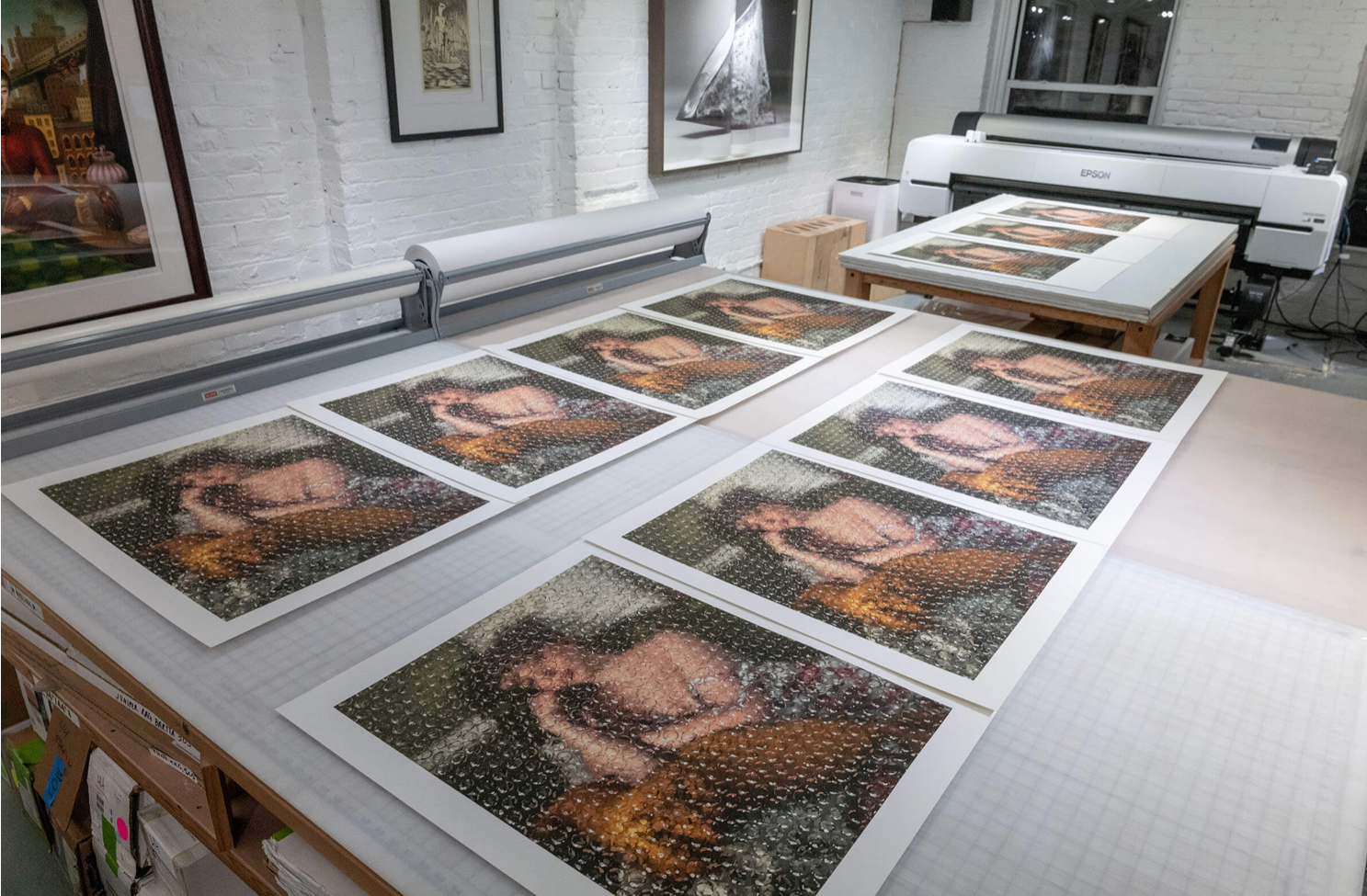
- Step 1: The original artwork is scanned at 300 DPI (Dots per Inch). This high-resolution capture all the detail, texture, and color in the piece.
- Step 2: The file is sent to a wide-format inkjet printer that uses pigment-based inks. The printer sprays tiny ink droplets precisely to match the original artwork.
- Step 3: Next, the artist selects a surface, usually archival paper or canvas. These materials stay strong and won’t fade over time. The printer then carefully loads the surface.
- Step 4: The artist checks the print to make sure it matches the original. Then, the artist notes any small changes for future copies.
- Step 5: After approval, multiple copies are made, each matching the same high quality as the original. Each print is handled carefully, and limited editions are signed and numbered.
Open vs Limited Edition Giclée Prints
Here are the ways artists can release their giclée prints:
Open Edition Prints
Open edition prints offer:
- Unlimited copies
- Lower prices
- Stability for ongoing sales
- Wider reach for collectors
Limited Edition Prints
Limited edition prints offer:
- Fixed copies
- Signed copies
- Exclusive value
- Collectible investments
Artist’s Proofs
Artist’s proofs are special copies kept by the artist. They are:
- Usually marked as “AP”
- Small portion of the total print run
- Often retained by the artist or occasionally sold
- Highly sought after by collectors
Also Read:
- How to Make Your First Sale Online
- Best Work From Home Ideas You Can Start Today
- How to Make Money with Canva in 2025 (Beginner Guide)
Giclée Printing for Artists and Entrepreneurs
Giclée printing has many benefits for creatives like painters, illustrators, and photographers.
Key benefits include:
- High-quality prints
- Reaching more people
- Cheaper copies to sell
- Chances to make money over time
POD platforms like Etsy, Shopify, and Podbase make giclée printing easier. They take care of printing, packing, and shipping, so you can focus on making your art.
Here are the benefits of using POD platforms:
- No need to buy printers, ink, or keep stock upfront
- Less money risk since you can run a store without inventory
- You can grow from selling a few items to many
- You get access to marketplaces with buyers ready to shop
- You can sell different products like wall art, laptop cases, or clothes
- You can design your own store to show your brand
- You can earn money automatically while they handle orders
- You can reach people all over the world without needing galleries
For example, Podbase allows artists to offer custom wall art and other products using giclée printing.
Choosing the Right Giclée Printing Service
Choosing the right giclée printing service is important to get great results. You should always check how good their work is, if they are dependable, and what services they offer.
Here’s what to look for:
- Ask for Certificates: Pick studios that use certified archival papers and inks to keep prints bright for many years
- Pigment-Based Inks: These last longer than dye inks and keep colors true over time
- Wide-Format Printers: Printers with up to 12 ink cartridges make sharper details and more colors
- Paper and Canvas Variety: Choose studios that offer different textures and finishes. These include fine art paper, matte, glossy, and giclée canvas printing.
Having a certification of authenticity is also important because it adds trust and value to prints:
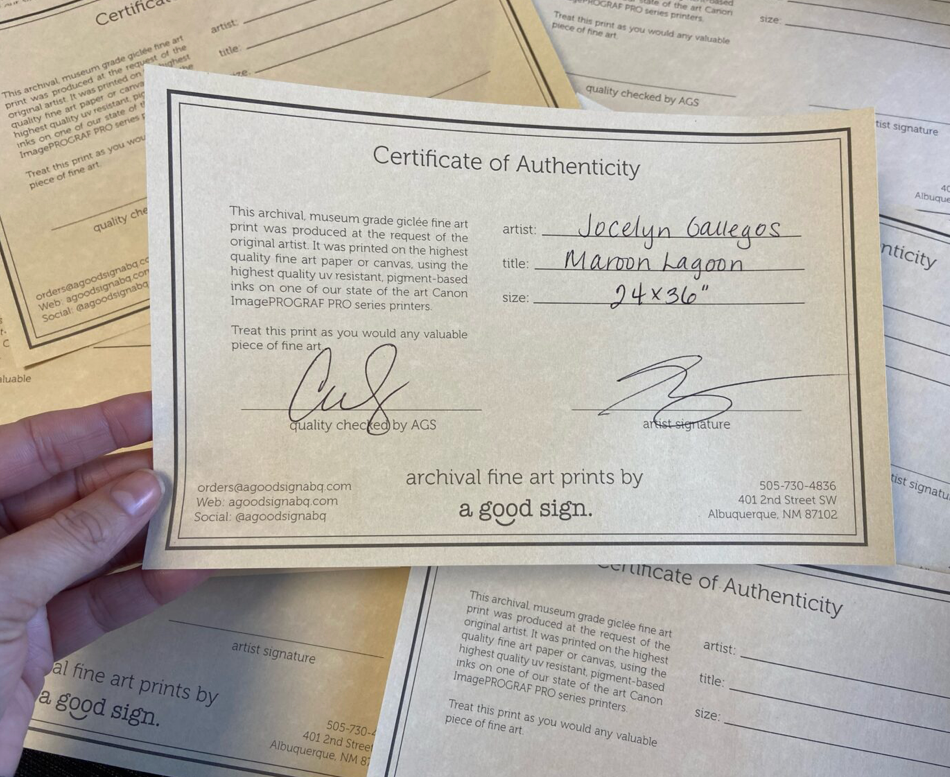
There are two major giclée printing services to choose from. These are:
- Boutique Studios: Offer personalized service, premium materials, and close collaboration with artists
- Print-on-demand Services: Offers scalability, automation, and no upfront costs for selling giclée prints
Which one to choose?
- Pick a boutique studio if you want hands-on control and high-quality results
- Use POD platforms if you want convenience and a wider reach for sales
Also Read:
Giclée Printing Prices in 2025
Giclée printing costs change based on the size, material, and quality of the print. Knowing about prices and print sizes can help you plan how to make and sell your art.
Typical cost range per print size:
- $15 - $50 for small prints
- $60 - $150 for medium prints
- $150 - $400+ for large prints
Typical cost range per material:
- Fine Art Paper: $20 - $200 depending on size and finish
- Canvas Prints: $50 - $400+, depending on size and stretch quality
- Textured or Specialty Papers: $30 - $250, depending on brand and archival grade
The best way to price a giclée print depends on the type of material you use. Prints on canvas usually cost more because they need extra work like stretching, framing, or finishing. Prints on archival paper often cost less.
Why Archival Quality Raises Costs
Archival paper and pigment-based inks cost more than regular poster materials. This is because they stop the print from fading and keep the colors bright for many years. Because they last so long, collectors and people who want to sell high-quality prints are willing to pay more for them.
Pricing Strategy for Artists
Here are some tips for pricing your giclée prints:
- Consider Production Costs: Include materials and labor
- Edition Size: Limited editions can be priced higher
- Market Research: Check prices of similar prints online
- Value Perception: Higher prices show exclusivity and quality
Giclée vs Other Printing Methods
Giclée printing stands out for several reasons. Here’s a quick comparison to help you choose the best option:
Giclée vs Digital Prints
Digital prints are cheaper and faster, they use dye inks and lower-resolution printers.
However, giclée printing uses pigment inks and high-resolution printers. This produces sharper details and longer-lasting results.
Giclée vs Lithography
Lithography needs metal plates, long setup times, and large print runs. This makes it expensive for small batches. The image below shows a lithography plate used for printing:
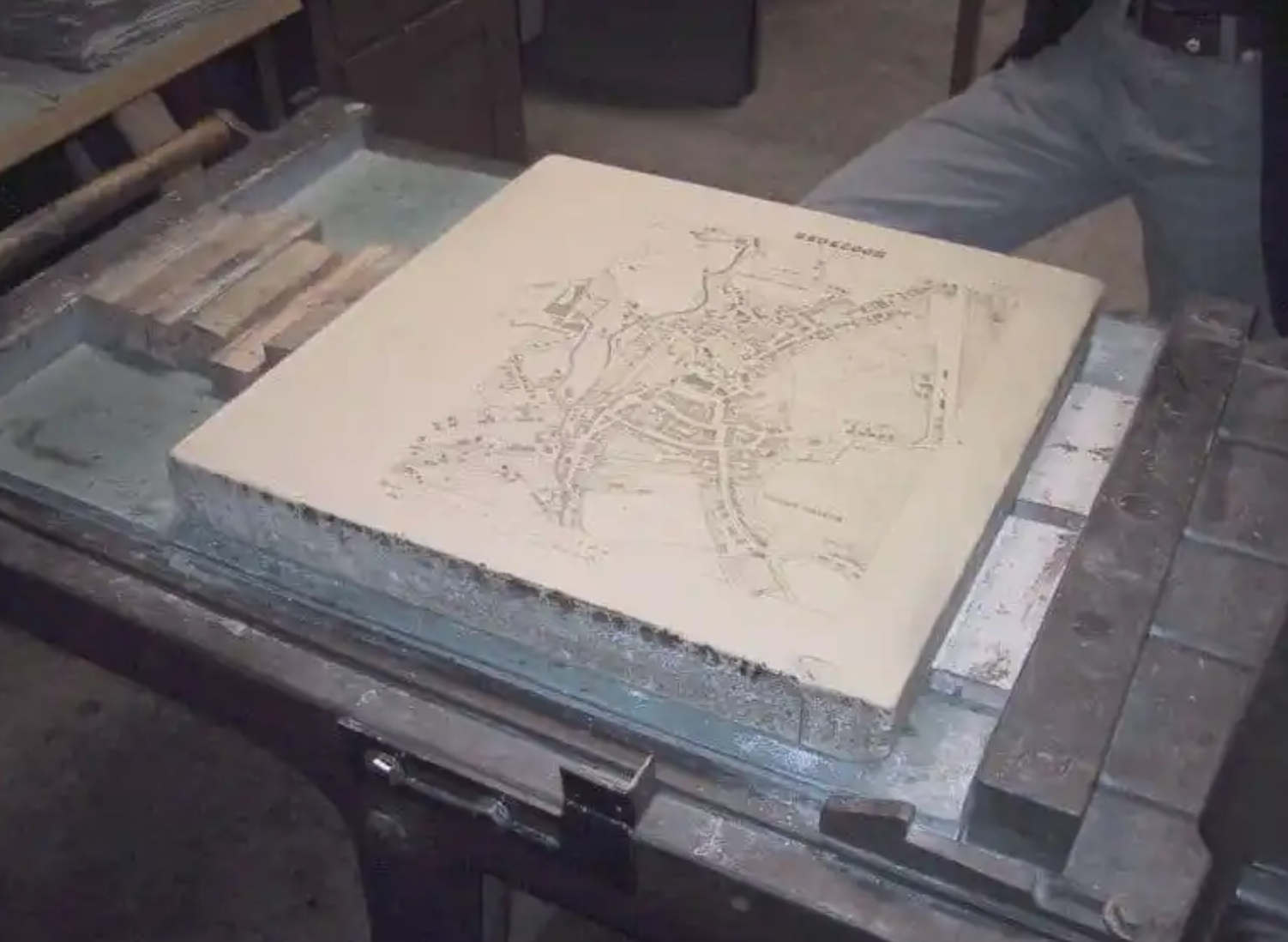
Giclée printing doesn’t need plates, it’s faster, and works well for single prints or limited editions.
Giclée vs Screen Printing
Screen printing is ideal for bold designs and mass production, especially on textiles and merchandise. The video below provides a detailed explanation of the screen printing process:
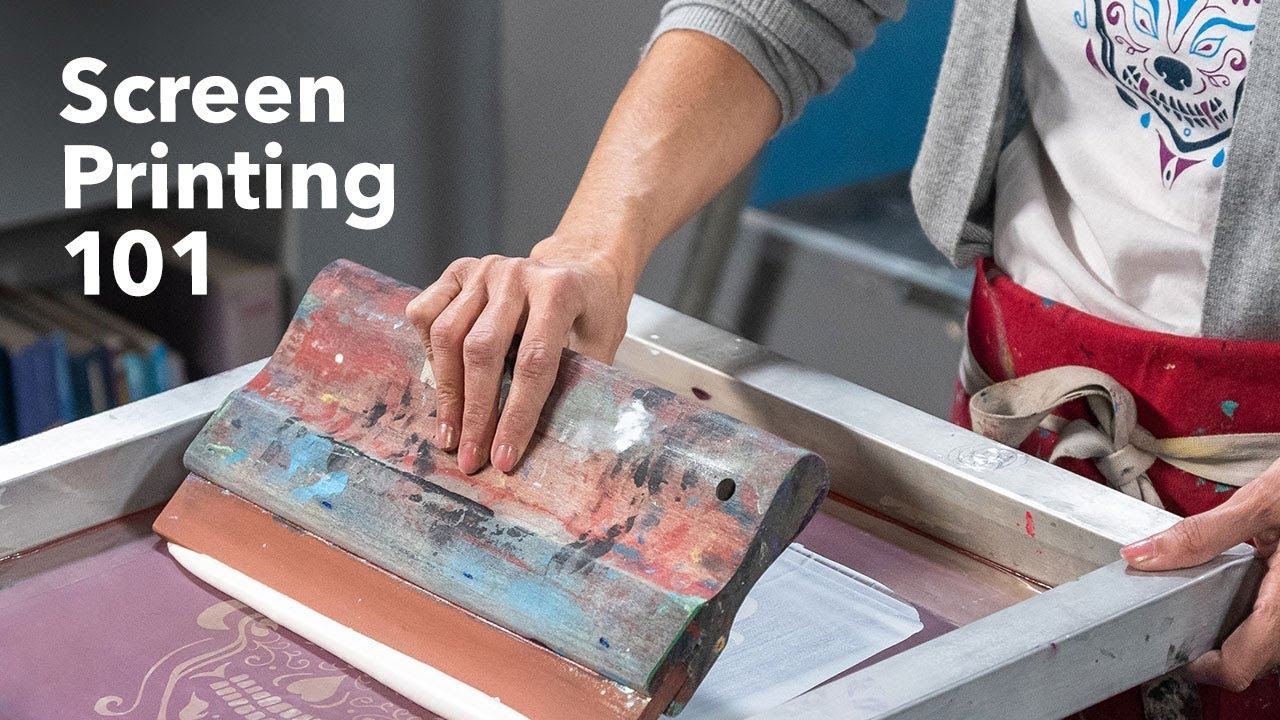
Giclée printing focuses on fine art reproduction, preserving tonal ranges and details that screen printing can’t match.
How to Sell Giclée Prints Online
Selling giclée prints online can unlock steady revenue for artists, photographers, and even creative entrepreneurs. The key lies in picking the right platform.
Here are some of the best options you should consider:
Marketplaces
Online marketplaces let you reach a wider audience quickly. Popular options include:
- Etsy:
- Easy setup
- Support for custom and niche art
- High competition
- eBay:
- Good for collectors and auctions
- Offers flexible pricing options
- Less focused on art
- Saatchi Art:
- Curated gallery-style marketplace
- Offers print-on-demand services
- Takes commissions
Your Own Store
Setting up your own store gives you full control over branding, pricing, and customer experience. You can make a website to sell art directly to collectors.
Platforms to use include:
- Shopify:
- Easy to grow your store
- Has tools for marketing, inventory, and payments
- Squarespace:
- Looks professional
- Has built-in design tools
- Wix:
- Affordable
- Good for small online shops
POD Platforms
Print-on-demand platforms handle printing, packaging, and shipping, so you can focus on creating.
Options include:
- Podbase:
- Offers custom wall art, phone cases, tablet cases, and more
- Easy to set up and integrate
- Printful:
- Offers many products
- Works smoothly with online stores
- Gooten:
- Flexible order fulfillment
- Ships worldwide
Also Read:
Key Takeaways
For artists who value detail and longevity, giclée printing is the best choice. As open and limited edition prints, you can generate revenue while reaching different collectors.
With print-on-demand platforms like Podbase, selling giclée prints has never been easier. Podbase takes care of printing, packaging, shipping, and all the logistics for you. All you need to do is upload your designs and select the right print options.
Start your giclée journey with Podbase today and turn your art into a global business.
Giclee Printing





.png)
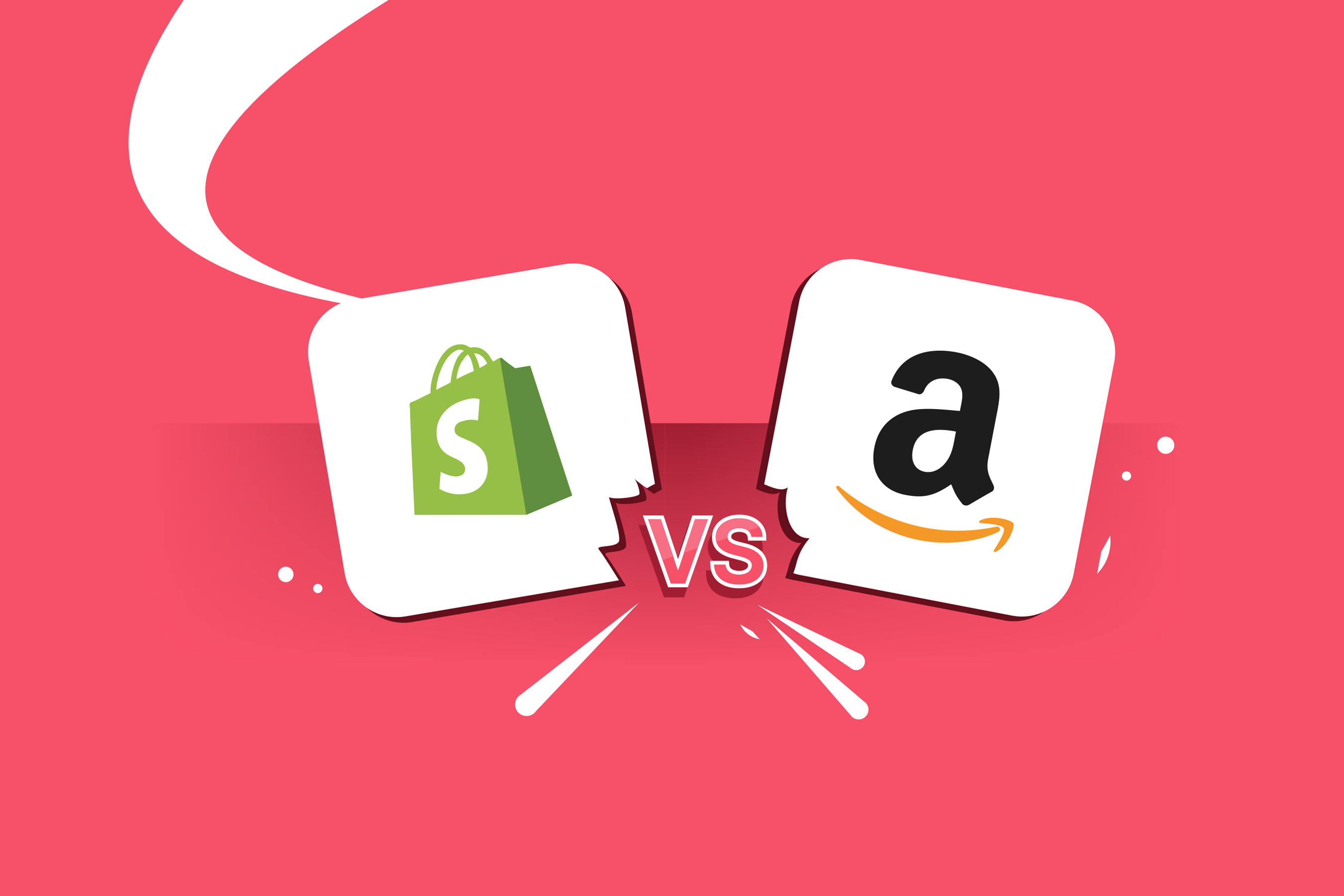
.png)

